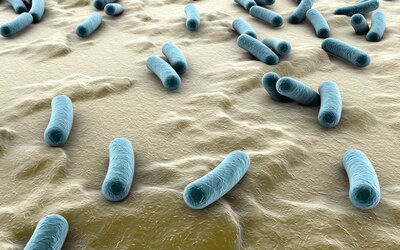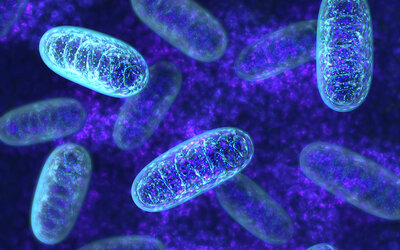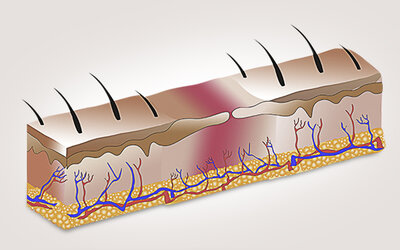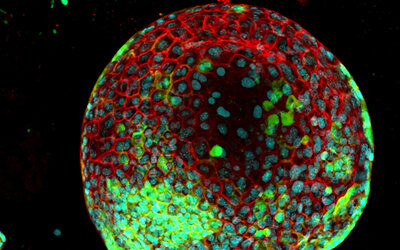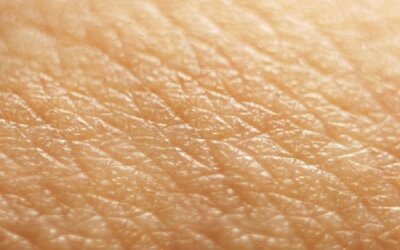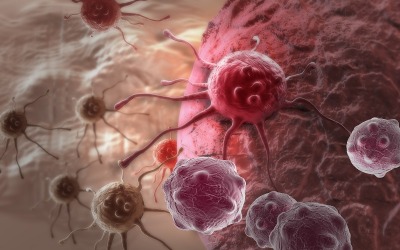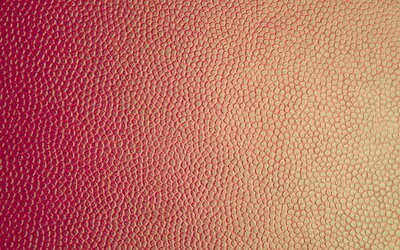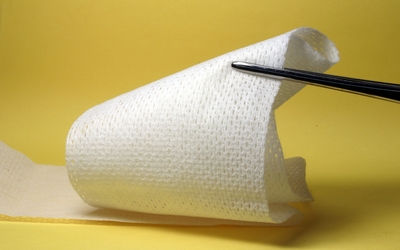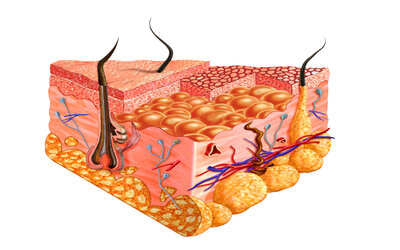Research News
Features in ASTAR Research Magazine
Publication spotlight
Epigenetic signatures of epidermal formation
Dr Lim and co-authors recently published Dynamic shifts in chromatin states differentially mark the proliferative basal cells and terminally differentiated cells of the developing epidermis. In this study, the team investigated the dynamics of key histone modifications in epidermal cells at the early-, mid- and late- stages of embryonic skin development and identified chromatin signatures associated with skin formation and differentiation. The results reveal the dynamic chromatin states that occur as progenitor cells commit to the lineage and provide insight to the underlying epigenetic pathways that support normal skin development and homeostasis.
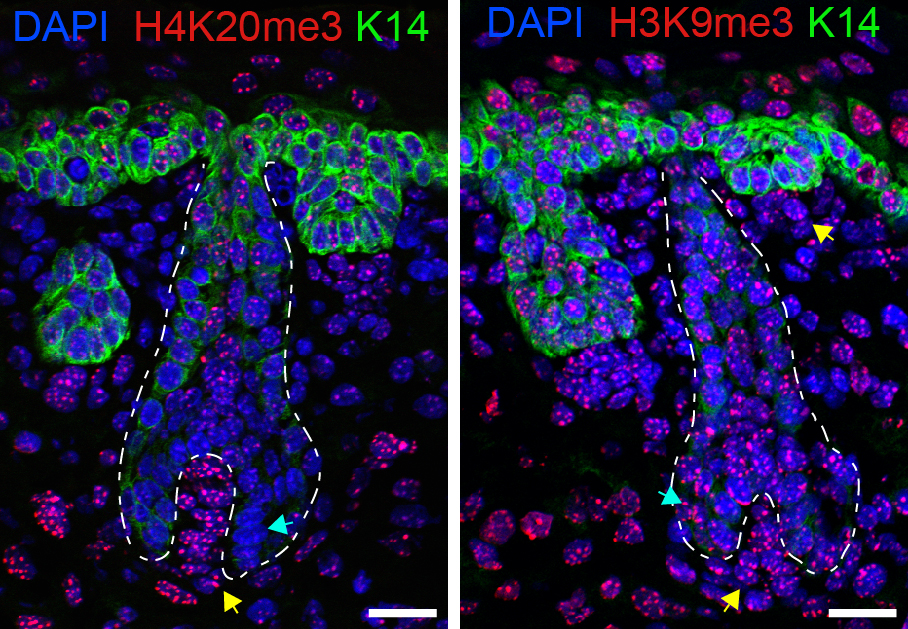
New pathway in the control of skin pigmentation
The Polyamine Putrescine Promotes Human Epidermal Melanogenesis was recently published in the Journal of Investigative Dermatology and shows that a group of molecules known as polyamines have the ability to promote melanogenesis – the process of pigment formation – in human skin. The paper also shows that inhibition of polyamines in cells can prevent the polyamine induced promotion of pigmentation. This is the first time the polyamines have been shown to be involved in pigmentation control and the work has important implications for the development of new treatments for pigmentation conditions. The Vardy lab is currently working on understanding how polyamines contribute to human pigmentation conditions and hope to develop new treatments.
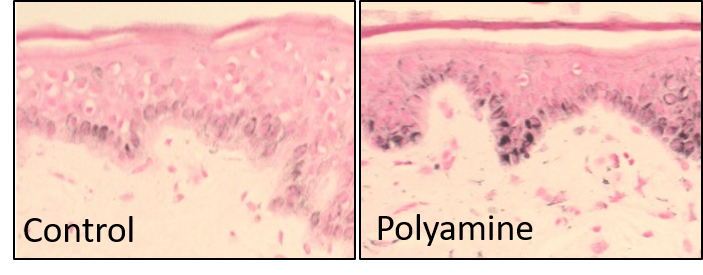
Image: cross section of human skin showing polyamines promoting pigmentation. Melanin pigment can be seen in black in the epidermis.
A*STAR celebrates International Women's Day

From groundbreaking discoveries to cutting-edge research, our researchers are empowering the next generation of female science, technology, engineering and mathematics (STEM) leaders.
Get inspired by our #WomeninSTEM

